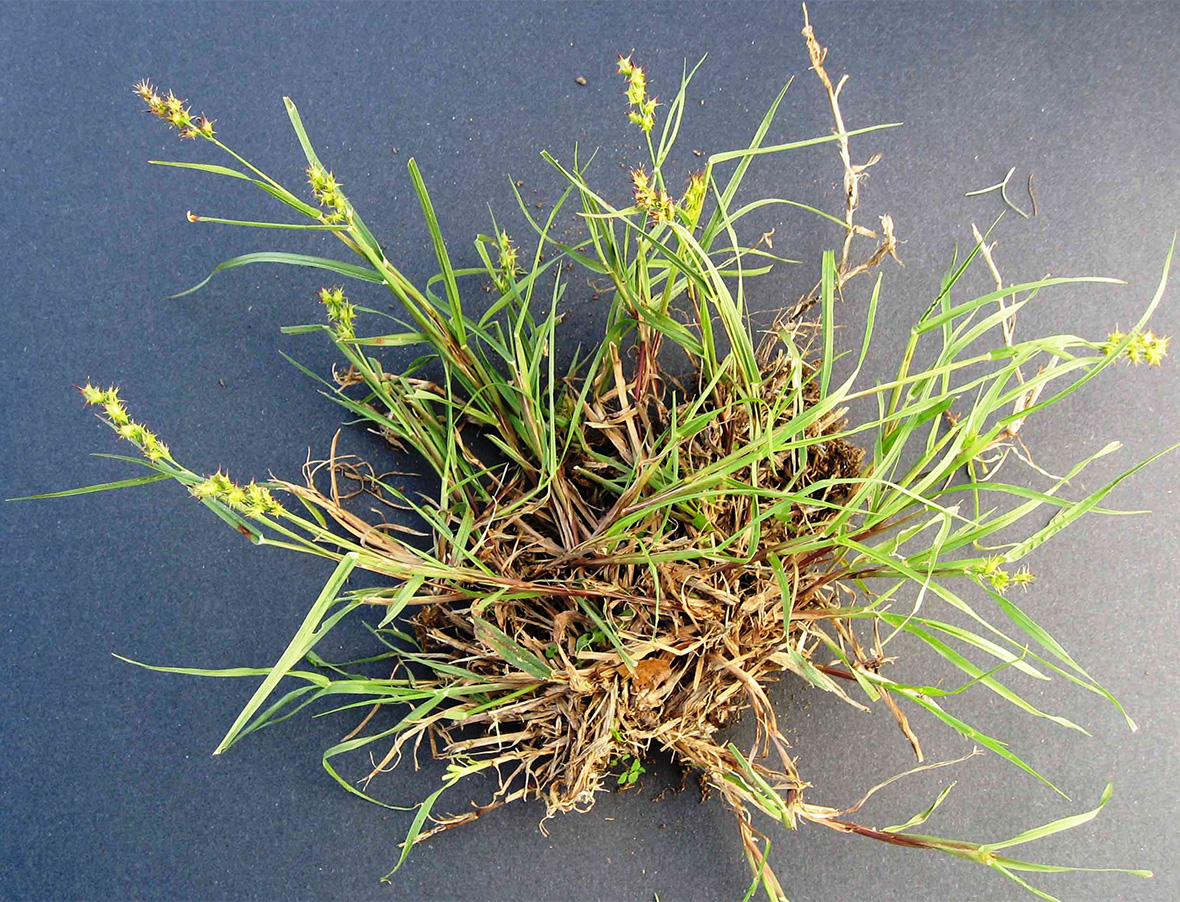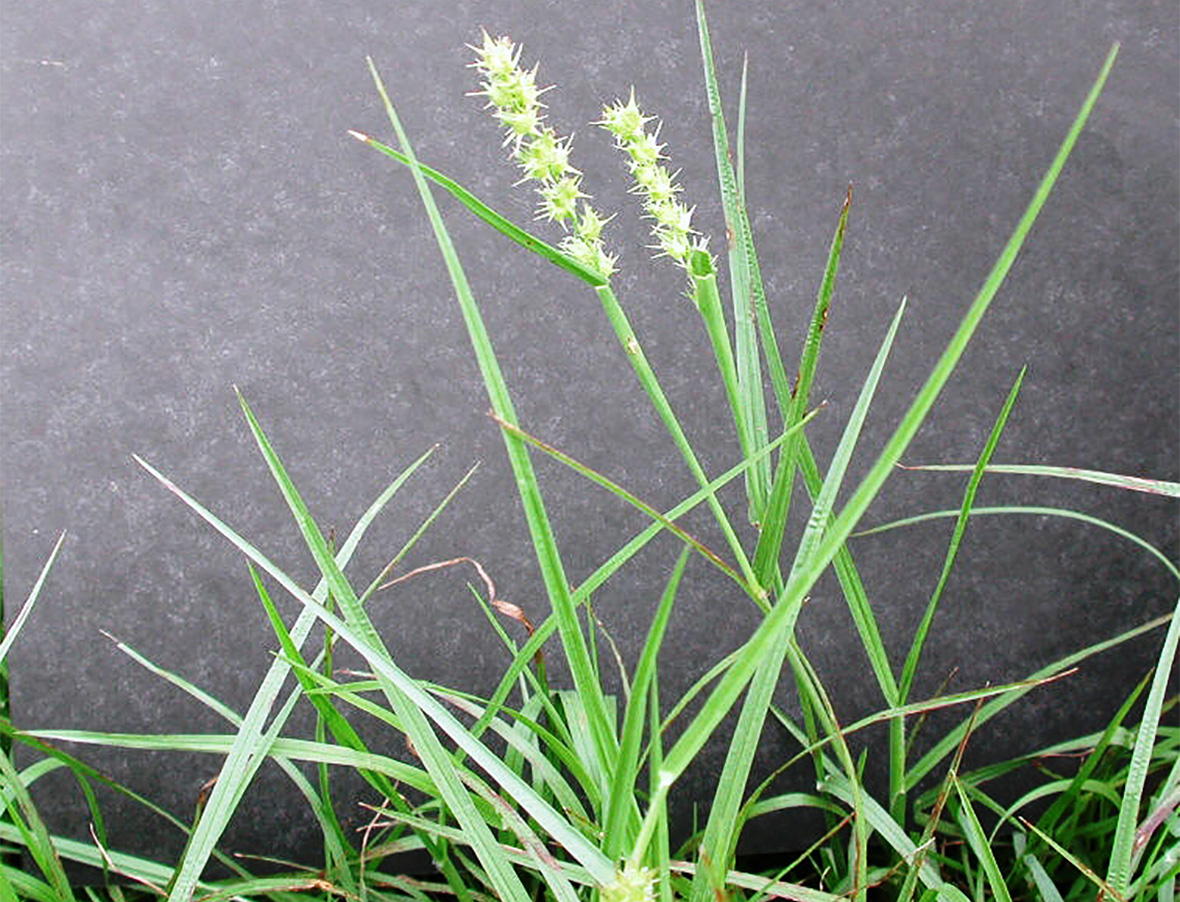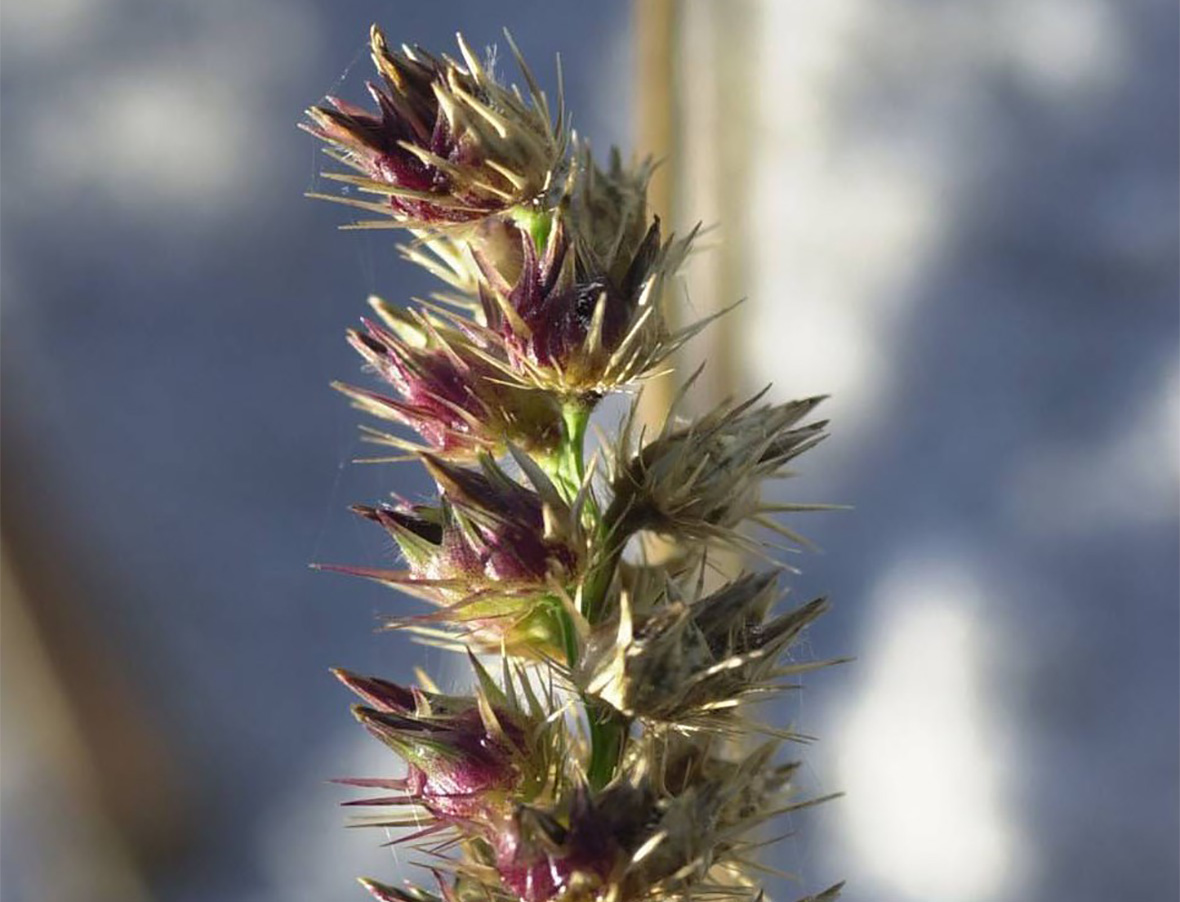Sandbur
Scientific Name: Cenchrus longispinus
Weed Family: Poaceae
Description
Sandbur is a summer annual grass. Sandbur forms clumps due to lack of rhizomes and stolons, but can root at nodes on the stems if they touch the ground. The leaves are folded in the bud, the ligule is a fringe of hairs, and auricles are absent. The plant turns brown in winter. The seedhead of sandbur consists of a spike like raceme containing spined or burred seeds. The seeds catch on clothing or animal fur. Sandbur is commonly found in the Midwest and Southeastern United States.
Weed Photos: Courtesy of Dr. Lambert McCarty. Clemson University. Clemson, SC.
Herbicide Use
Make your post-emergence herbicide application to sandbur that is actively growing and in the seedling to flower stage of growth.
Distribution
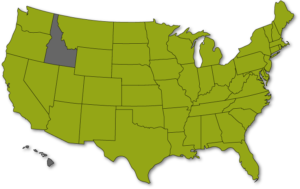
Germination Dates
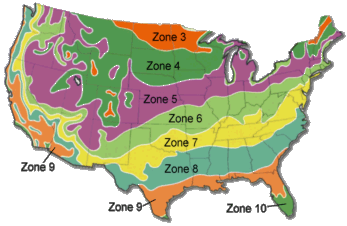
Zone-3: May-JuneZone-4: May-JuneZone-5: April-MayZone-6: April-MayZone-7: March-AprilZone-8: March-AprilZone-9: February-MarchZone-10: February-March




